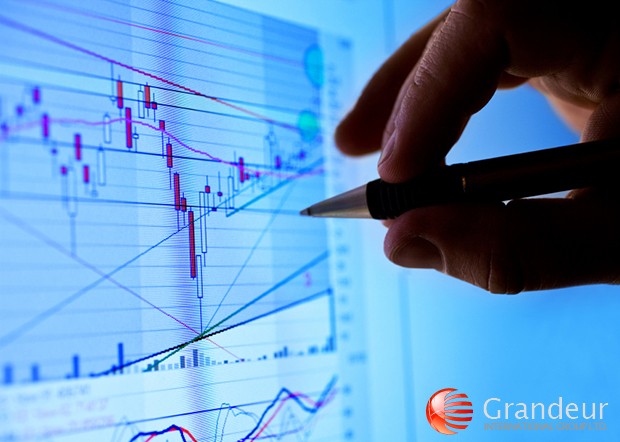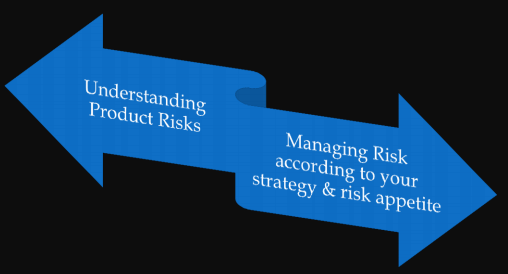Contract for Difference (CFD) Risks_2
Post on: 16 Март, 2015 No Comment

Trade CFD´S
CFDs are traded between individual traders and CFD providers. There are no standard contract terms for CFDs, and each CFD provider can specify their own, but they tend to have a number of things in commo n.
WELCOME TO ONLINE CFD TRADING
In finance, a contract for difference (or CFD) is a contract between two parties, typically described as buyer and seller, stipulating that the buyer will pay to the seller the difference between the current value of an asset and its value at contract time. If the difference is negative, then the seller pays instead to the buyer. In effect CFDs are financial derivatives that allow traders to take advantage of prices moving up (long positions) or prices moving down (short positions) on underlying financial instruments and are often used to speculate on those markets.
When applied to equities, such a contract is an equity derivative that allows traders to speculate on share price movements without the need for ownership of the underlying shares.
CFDs are traded between individual traders and CFD providers. There are no standard contract terms for CFDs, and each CFD provider can specify their own, but they tend to have a number of things in common.

The CFD is started by making an opening trade on a particular instrument with the CFD provider (broker). This creates a position in that instrument. There is no expiry date so the position is closed when a second reverse trade is done. At that point the difference between the opening trade and the closing trade is paid as profit or loss. The CFD provider may make a number of charges as part of the trading or the open position. These may include, bid-offer spread, commission, overnight financing and account management fees. Even though the CFD does not expire, any positions that are left open overnight will be rolled over. This typically means that any profit and loss is realized and credited or debited to the client account and any financing charges are calculated. The position then carries forward to the next day.
CFDs are traded on margin, and the trader must maintain the minimum margin level at all times. A typical feature of CFD trading is that profit and loss and margin requirement is calculated constantly in real time and shown to the trader on screen. If the amount of money deposited with CFD broker drops below minimum margin level, margin calls can be made. Traders may need to cover these margins quickly otherwise the CFD provider may liquidate their positions.
The main risk is market risk as the contract is designed to pay the difference between the opening price and the closing price of the underlying asset. CFDs are traded on margin, and the leveraging effect of this increases the risk significantly. Margin rates are typically small and therefore a small amount of money can be used to hold a large position. It is this very risk that drives the use of CFDs, either to speculate on movements in financial markets or to hedge existing positions elsewhere. One of the ways to mitigate this risk is the use of stop loss orders. Users typically deposit an amount of money with the CFD provider to cover the margin and can lose much more than this deposit if the market moves against them.
Trading in financial instruments involves risks and losses may exceed your investment














